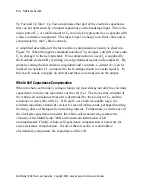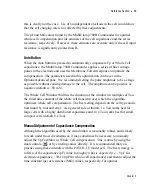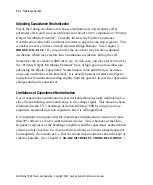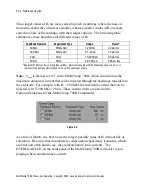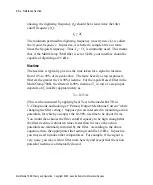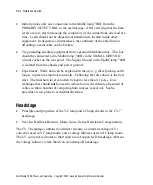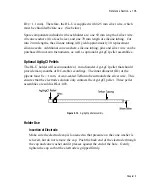
Reference Section
•
93
Note that R
f
can be changed safely “on the fly” with a cell or patch at the end of the
electrode. Under some conditions a small switching transient is generated at the
input of the headstage, and the cell sees this transient. However, after extensive
tests on many types of cells in all recording configurations, we have concluded that
these switching transients are too small to cause any damage to the cell membrane.
I-Clamp Mode
In I-Clamp mode, R
f
determines the maximum amount of current that can be
injected into the cell without saturating the headstage circuitry. To enable optimal
neutralization of input capacitance, R
f
values should be selected to match the
resistive load of the cell. If possible, the load should be in the range R
f
/10 to R
f
x
10. For example, for a typical hippocampal pyramidal cell with an input resistance
of 150 M
Ω
, R R
f
= 50 M
Ω
is suitable.
Note that changing R
f
in I-Clamp mode changes the External Command Sensitivity
for I-Clamp.
Filters
•
Low-pass and high-pass filters can be chosen to condition the Primary Output
and Scope outputs. The -3 dB frequency is selectable from a list in the Output
Signals section of the main MultiClamp 700B Commander window.
•
The type of low-pass filter (4-pole Bessel or Butterworth) is selected in the
General tab under the Options button (
).
•
The command stimulus can be low-pass filtered (with a 4-pole Bessel filter) at
a –3 dB frequency set in the General tab under
.
•
See also External Command Inputs, Headstage, and Noise.
The theory behind the design and choice of appropriate filters is very extensive, as
you will see from any book on signal processing. Here we provide just a few basic
Chapter 5


